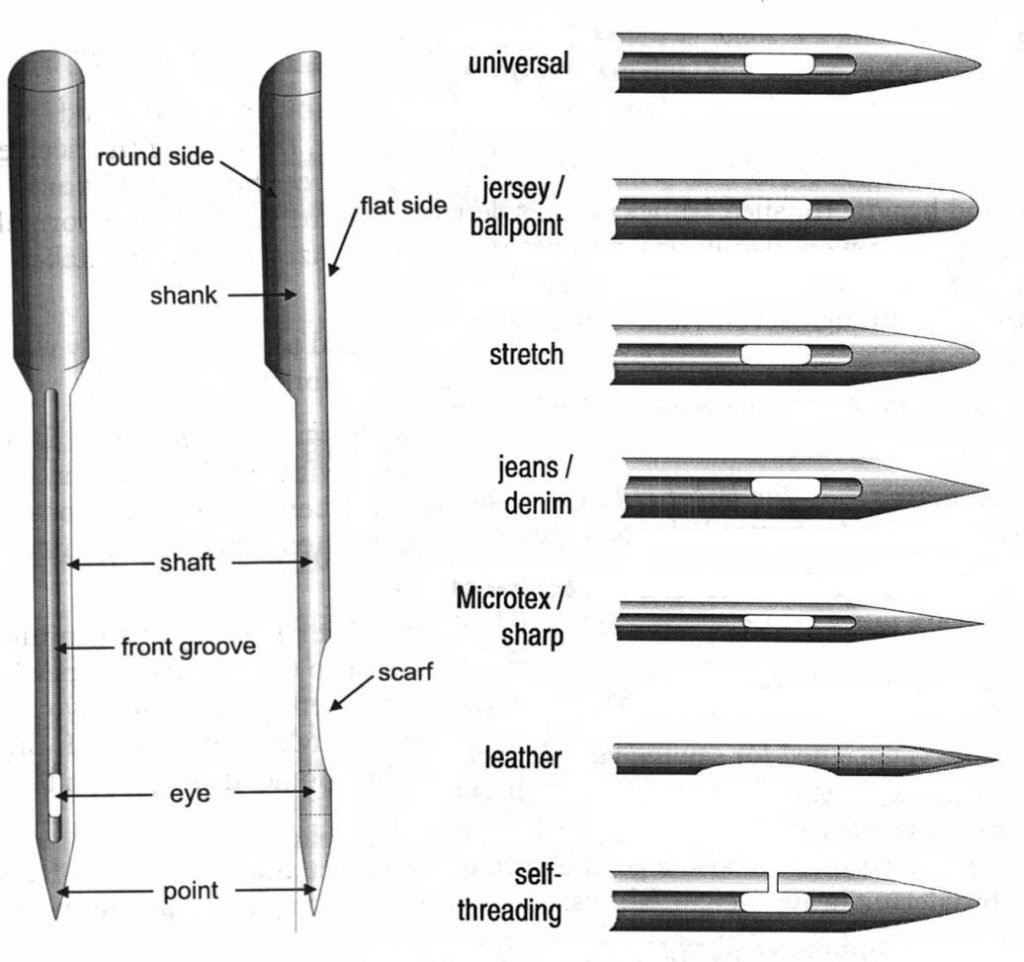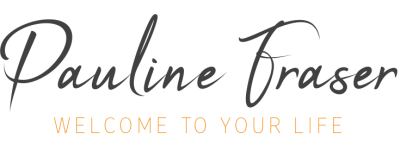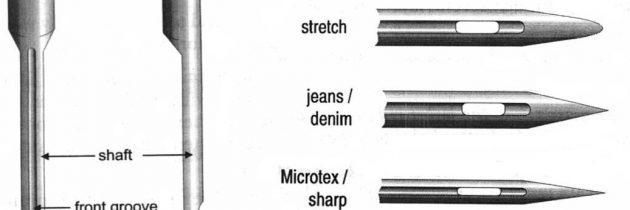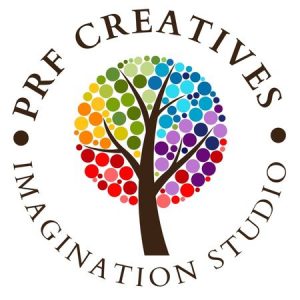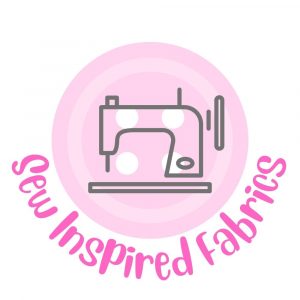Get The Needle Right!
For so long I blamed the tension on my sewing machine when it stitches just weren’t doing what I expected them to do. I used a universal size 90 and believed it would sew everything! And how I messed and messed around with the tension, and still things weren’t going right. Then I learned about needles, and what a happy machine I have now (and I never touch the tension!)
So, when it comes to machine sewing, one of the most important aspects of a successful project is choosing the right needle. And with so many needles available, each designed for specific fabrics and techniques, understanding the different types and their uses is essential. So, let’s take a closer look.
- Universal needles are the most commonly used needles and are suitable for a wide range of general sewing projects. The choice of size depends on the weight of the fabric. These needles have a slight ballpoint, making them ideal for sewing both woven and knit fabrics. Universal needles are a great go-to option for beginners or when you’re working with different types of materials in a single project
- Ballpoint Needles: Ballpoint needles are specifically designed for knit fabrics such as jersey, interlock, and stretchy materials. They have a rounded tip that glides between the knit fibers without piercing or damaging the fabric. The ballpoint feature prevents runs and snags, resulting in smooth and even stitches. Use a ball point for stretch and non-stretch knit fabrics.
- Stretch Needles: Similar to ballpoint needles, stretch needles are designed for stretchy fabrics. They have a more pronounced, deeper ballpoint to penetrate dense and heavyweight knit fabrics effectively. These needles are ideal for sewing elastic, lycra, spandex, and other highly stretchable materials. Using stretch needles ensures that your stitches maintain elasticity and prevent skipped stitches or fabric damage
- Sharp Needles: Also known as microtex or universal sharp needles, these are designed for precise stitching on tightly woven fabrics. They have a sharp, fine point that easily pierces through delicate and tightly woven materials like silk, satin, taffeta, or chiffon. Sharp needles create clean and accurate stitches, making them perfect for intricate projects, appliqué work, or topstitching
- Jeans or Denim needles: As the name suggests, these specially designed for sewing heavyweight and densely woven fabrics like denim, canvas, or heavy twill. They have a strong, sharp point and a reinforced shaft to penetrate multiple layers of thick fabric without breaking
- Leather Needles: When working with genuine leather, using leather needles is crucial. These needles have a chisel-shaped point that cuts through the leather rather than piercing it, preventing tearing or damaging the material. Leather needles are durable and designed to handle the density and thickness of leather or suede ensuring clean and precise stitches. For faux leathers or vinyl, use a heavy duty universal needle.
- Quilting Needles: Also known as quilting betweens, these specifically designed for quilting projects. They have a slim, tapered point that easily glides through multiple layers of fabric and batting. Quilting needles are slightly shorter than regular sewing machine needles, providing better control and accuracy when creating intricate quilt designs and piecing layers together
Choosing the right sewing machine needle can significantly improve the quality and success of your sewing projects. Experimenting with different needles and gaining experience will ultimately refine your sewing skills, allowing you to tackle a wide variety of projects with confidence.
If you would like a free guide to sewing machine needles and suitable threads you can download from here: https://mayfli.co/hobbies-and-leisure/haberdashery/sewing-and-knitting-tools/sewing-machine-needles-download/?action=preview. Happy sewing!
